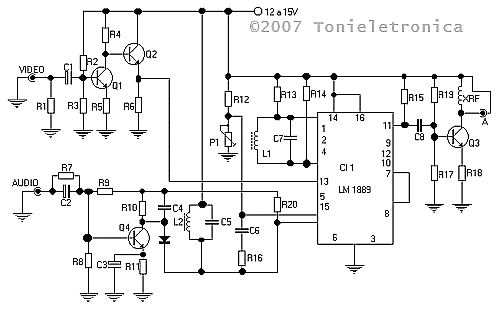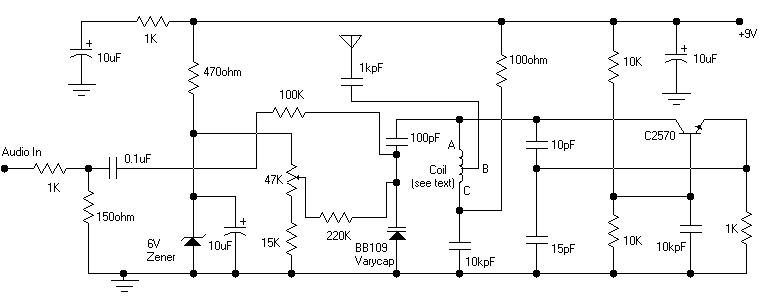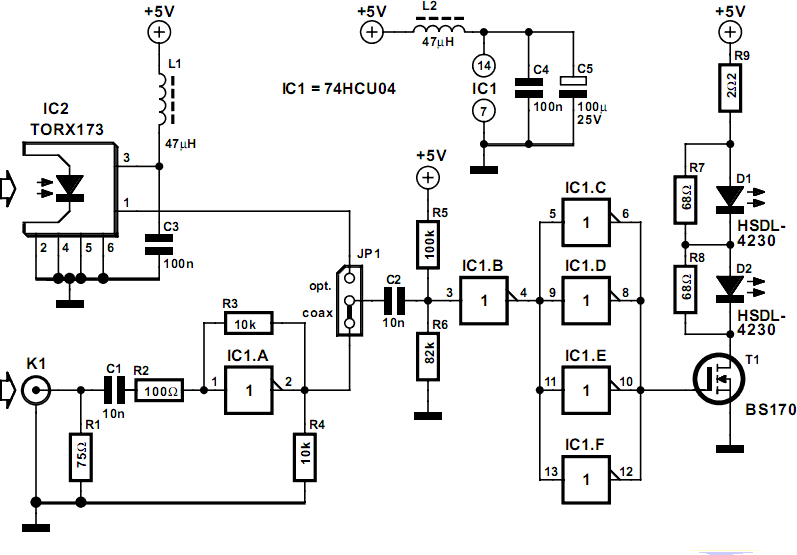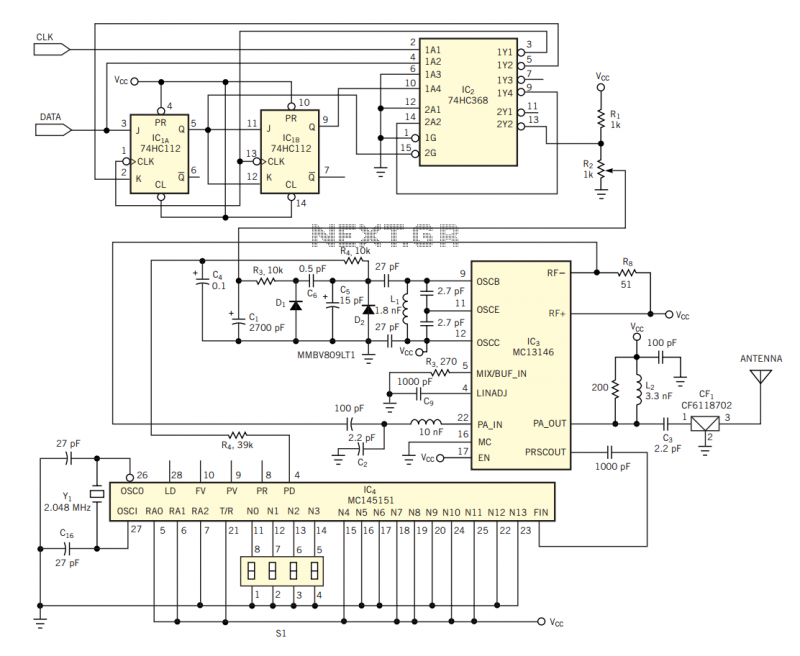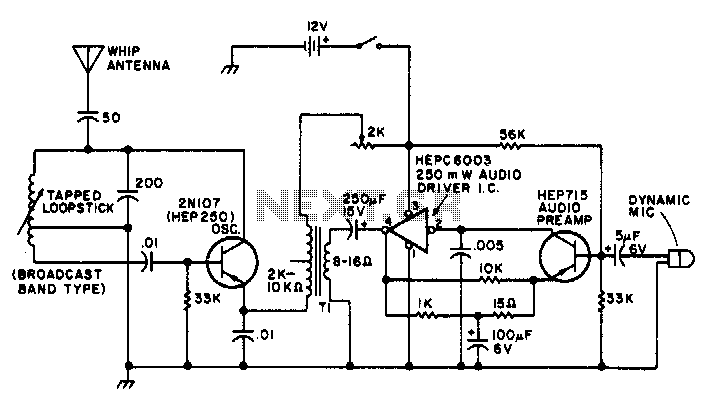
Foxhunt Transmitter

This 2-meter 144 MHz fox hunt transmitter is utilized in amateur competitions where a concealed transmitter is to be "hunted" using primarily homemade receivers.
The 2-meter 144 MHz fox hunt transmitter is designed for use in amateur radio competitions, commonly referred to as "fox hunts." In these events, participants employ direction-finding techniques to locate a hidden transmitter. The transmitter operates at a frequency of 144 MHz, which is a popular band for amateur radio communications.
The circuit typically consists of several key components: an oscillator, modulator, power amplifier, and antenna. The oscillator generates a stable RF signal at the desired frequency. This signal may be modulated with audio tones or other signals to make it distinguishable from background noise. The modulator can employ various methods, such as frequency shift keying (FSK) or amplitude modulation (AM), depending on the event's rules and the desired characteristics of the signal.
The power amplifier boosts the RF signal to a suitable level for transmission, ensuring that it can be received at a significant distance. The choice of power output is crucial, as it must comply with amateur radio regulations while providing enough range for competitors to locate the transmitter. The antenna is typically a simple dipole or Yagi design, optimized for the 144 MHz band to ensure effective radiation of the RF signal.
Powering the transmitter can be accomplished using a battery or a low-voltage DC power supply, making it portable and suitable for outdoor use. The design may also include features such as a timer to turn the transmitter on and off at predetermined intervals, adding an additional challenge for participants.
In summary, the 2-meter 144 MHz fox hunt transmitter is a vital component in amateur radio fox hunting competitions, combining various electronic elements to create a reliable and effective signaling device. Its design emphasizes simplicity and functionality, making it accessible for amateur radio enthusiasts who wish to engage in this exciting activity.This 2 meter 144 MHz fox hunt transmitter is used in amateur competitions where a hidden transmitter is to be “hunted†using mostly home brewed receivers.. 🔗 External reference
The 2-meter 144 MHz fox hunt transmitter is designed for use in amateur radio competitions, commonly referred to as "fox hunts." In these events, participants employ direction-finding techniques to locate a hidden transmitter. The transmitter operates at a frequency of 144 MHz, which is a popular band for amateur radio communications.
The circuit typically consists of several key components: an oscillator, modulator, power amplifier, and antenna. The oscillator generates a stable RF signal at the desired frequency. This signal may be modulated with audio tones or other signals to make it distinguishable from background noise. The modulator can employ various methods, such as frequency shift keying (FSK) or amplitude modulation (AM), depending on the event's rules and the desired characteristics of the signal.
The power amplifier boosts the RF signal to a suitable level for transmission, ensuring that it can be received at a significant distance. The choice of power output is crucial, as it must comply with amateur radio regulations while providing enough range for competitors to locate the transmitter. The antenna is typically a simple dipole or Yagi design, optimized for the 144 MHz band to ensure effective radiation of the RF signal.
Powering the transmitter can be accomplished using a battery or a low-voltage DC power supply, making it portable and suitable for outdoor use. The design may also include features such as a timer to turn the transmitter on and off at predetermined intervals, adding an additional challenge for participants.
In summary, the 2-meter 144 MHz fox hunt transmitter is a vital component in amateur radio fox hunting competitions, combining various electronic elements to create a reliable and effective signaling device. Its design emphasizes simplicity and functionality, making it accessible for amateur radio enthusiasts who wish to engage in this exciting activity.This 2 meter 144 MHz fox hunt transmitter is used in amateur competitions where a hidden transmitter is to be “hunted†using mostly home brewed receivers.. 🔗 External reference
Warning: include(partials/cookie-banner.php): Failed to open stream: Permission denied in /var/www/html/nextgr/view-circuit.php on line 713
Warning: include(): Failed opening 'partials/cookie-banner.php' for inclusion (include_path='.:/usr/share/php') in /var/www/html/nextgr/view-circuit.php on line 713

